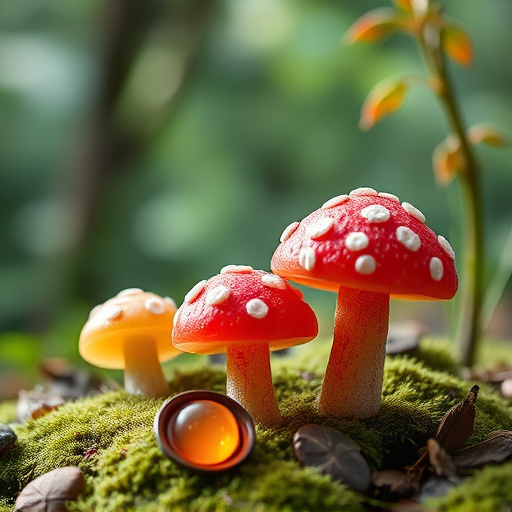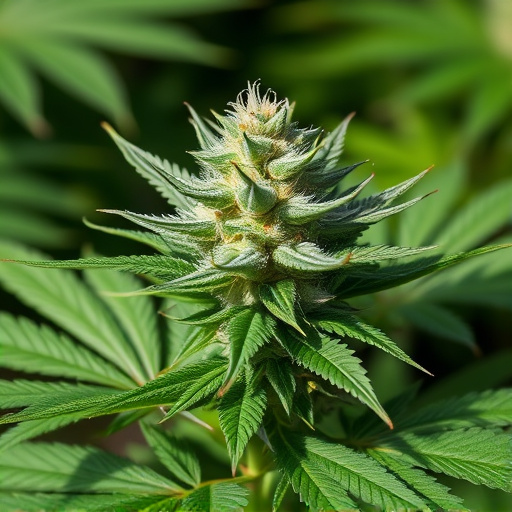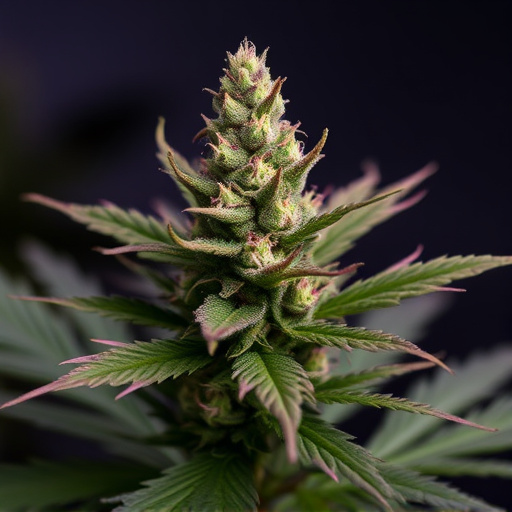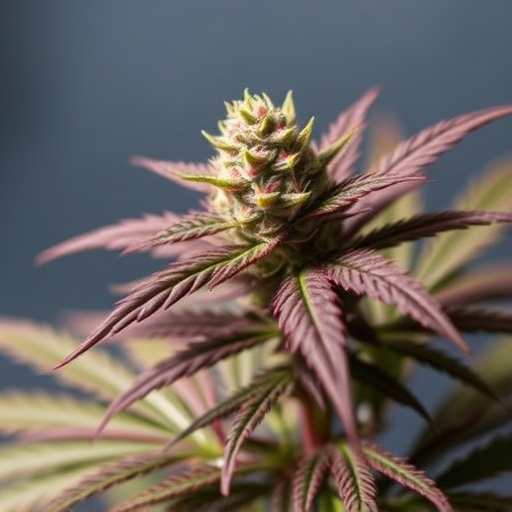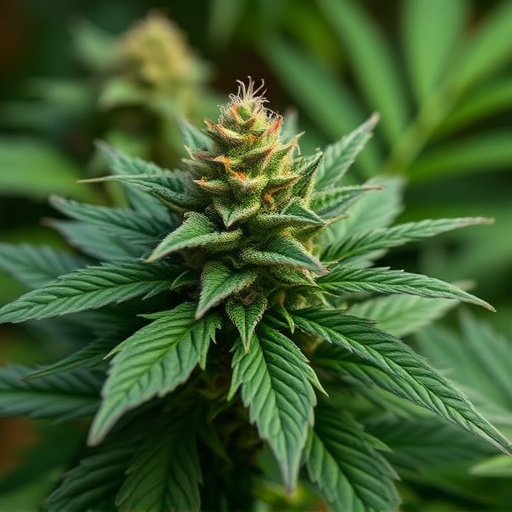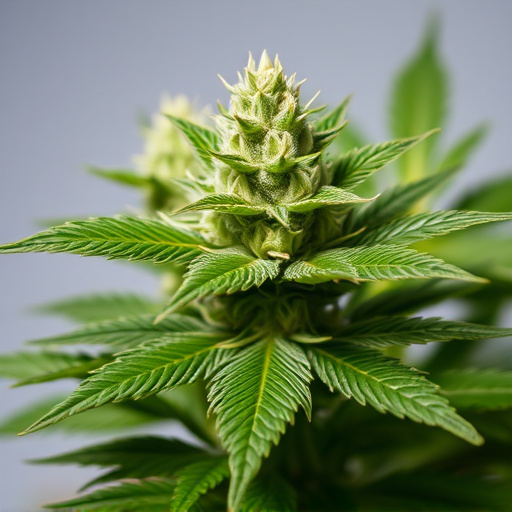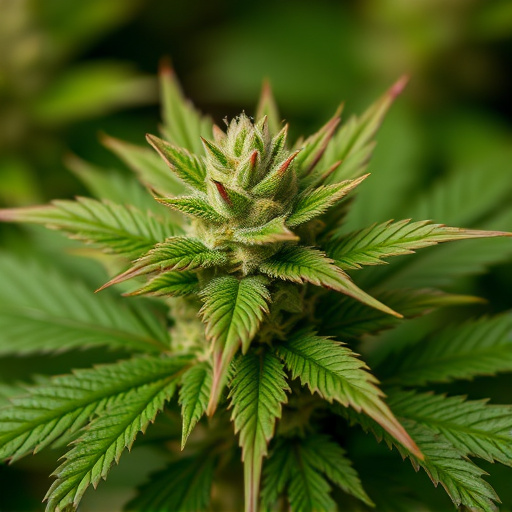In a competitive cannabis market, rising demand for specific therapeutic strains, particularly those effective for managing fibromyalgia symptoms, presents both opportunities and challenges. While patients seek alternative treatments, farmers struggle to keep up with production due to environmental sensitivities, regulatory obstacles, and the need to maintain high-quality standards, making the best cannabis strains for fibromyalgia increasingly hard to obtain for many. Alternative strains and cultivation methods further drive this demand, posing challenges for dispensaries in keeping these top varieties in stock.
In the ever-evolving cannabis landscape, certain strains have become elusive treasures, leaving many enthusiasts yearning for their distinctive effects and unique flavors. This paradoxical situation arises from a complex interplay of demand and limited supplies, as well as cultivation challenges. Regulatory factors further contribute to the scarcity of specific strains, making it a daunting task for growers to keep up with popular demands. However, scientific advancements in understanding genetic diversity and potency offer hope for developing accessible cures, such as top-rated cannabis strains for fibromyalgia, that can alleviate suffering while navigating regulatory hurdles.
- Demand and Limited Supplies: The Perfect Storm
- – Exploring the high demand for specific cannabis strains
- – Why certain strains are scarce despite their popularity
Demand and Limited Supplies: The Perfect Storm

In the competitive world of cannabis, the demand for specific strains, particularly those known for their therapeutic benefits like the best cannabis strains for fibromyalgia, often outstrips supply. This imbalance is exacerbated by a combination of factors: a growing consumer base seeking alternative treatments and limited cultivation practices. As more people discover the potential relief that certain strains offer, the race to meet this demand becomes more intense.
Cannabis farmers face challenges in scaling up production while maintaining quality. The delicate nature of cannabis cultivation, subject to environmental fluctuations and regulatory hurdles, adds complexity. This perfect storm of heightened demand and limited supplies makes some of the most sought-after strains, especially those with unique medicinal properties like those beneficial for fibromyalgia, hard to come by for many consumers.
– Exploring the high demand for specific cannabis strains
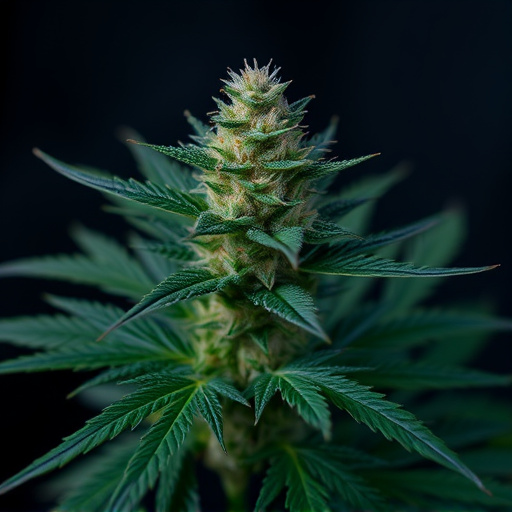
In today’s bustling cannabis landscape, some strains have become sought-after treasures, especially for medical users seeking relief from specific conditions. The best cannabis strains for fibromyalgia, for instance, are often hard to come by due to high demand and limited supply. This surge in popularity can be attributed to the growing awareness of cannabis’ therapeutic potential, particularly its ability to manage chronic pain, one of the key symptoms associated with fibromyalgia.
As folks delve into the world of medical marijuana, they’re becoming more discerning about their choices. The quest for effective relief has led many patients to explore alternative strains and cultivation methods, further exacerbating the demand for these coveted varieties. As a result, keeping certain top-rated strains on shelves can be a challenge for dispensaries, making them hard to find for those in need of tailored treatment options.
– Why certain strains are scarce despite their popularity

Despite their popularity, certain cannabis strains can be hard to find due to a combination of factors. One significant reason is demand and supply imbalance—specific strains that are renowned for their medicinal properties, like those best cannabis strains for fibromyalgia, often have limited availability. This is because many patients seek these particular varieties for pain management and relief from symptoms associated with fibromyalgia, leading to increased demand.
Additionally, rare or hard-to-grow traits further contribute to their scarcity. Some strains require specific growing conditions or have genetic predispositions that make them challenging to cultivate on a large scale. Furthermore, the illegal status of cannabis in many regions historically has hindered the development and distribution of unique or novel strains, adding another layer of complexity to their availability.
The scarcity of certain cannabis strains, particularly those highly sought after for medical benefits like managing symptoms of fibromyalgia, is a result of the delicate balance between overwhelming demand and limited cultivation. As the popularity of cannabis continues to grow, especially for its therapeutic properties, ensuring adequate supplies of specific strains becomes increasingly challenging. Meeting the needs of consumers interested in best cannabis strains for fibromyalgia requires a careful approach to cultivation, regulation, and distribution, paving the way for broader accessibility and improved quality control.


